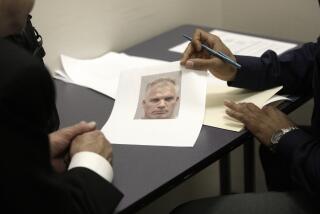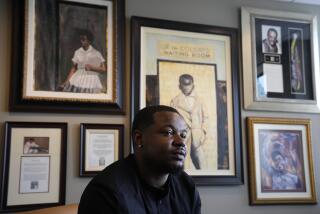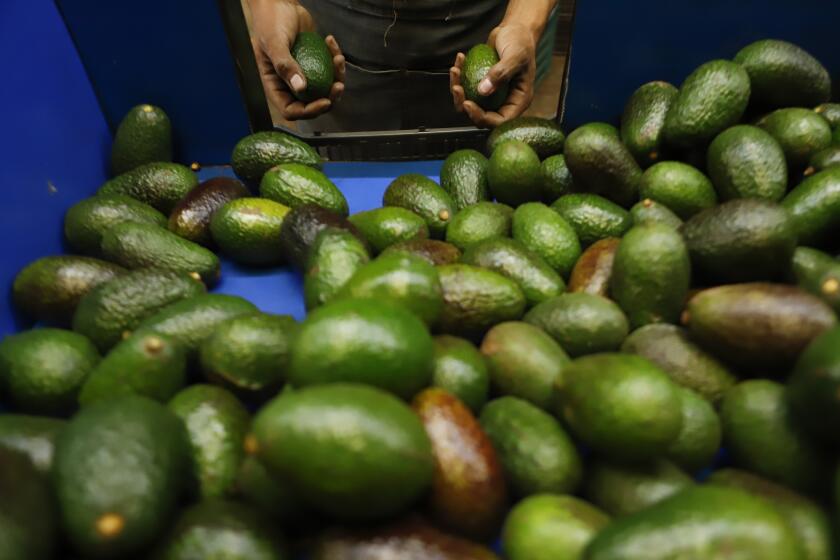Eyewitness testimony done right
To many Americans â including many jurors â eyewitness testimony is the gold standard when it comes to evidence. But studies demonstrate that a variety of factors can lead to the misidentification of criminals. Nationally, more than 75% of convictions that have been overturned because of DNA evidence involved erroneous eyewitness testimony. Now the influential New Jersey Supreme Court has instructed police and judges to take into account an array of responses that might prevent mistaken identifications.
Ruling in the case of a man convicted of manslaughter and aggravated assault, the court noted that several variables can produce mistaken eyewitness testimony. They range from photo lineups in which none of the other images resembles the suspect to subtle pressure on a witness from an officer who knows which picture is the correct one. Finally, a witness may have more difficulty making a correct identification when he and the suspect are of different races.
The court tried to deter false identification with a stepped process. Once a suspect has established that he was the victim of suggestiveness, a pretrial hearing will be held in which the full range of reasons for possible misidentification are examined. If a judge finds the eyewitness testimony unreliable, he can suppress its use at trial. Even if he allows it, he will have to instruct the jury about the variables that can lead to misidentification.
Police in some California counties use some of the methods recommended by the New Jersey court and by the California Commission on the Fair Administration of Justice. For example, 21 police departments in the state conduct âblindâ photo lineups, in which the person administering the viewing doesnât know who the suspect is. (The Los Angeles Police Department does not conduct blind photo lineups, nor does it follow the commissionâs related recommendation that witnesses be shown photos one at a time. It does make sure that photos in a lineup resemble one another.) Judges in California routinely talk to jurors about the possibility of misidentification, but their instructions arenât as complete as those contemplated by the New Jersey court.
Gov. Arnold Schwarzenegger vetoed legislation that, among other things, would have set up a task force to examine eyewitness testimony and establish voluntary guidelines to ensure that it was accurate. A new version of that legislation, AB 308, is pending in the state Senate, though passage in this session is unlikely. It should be revived and approved. If New Jersey can have statewide guidelines, so can California.
More to Read
A cure for the common opinion
Get thought-provoking perspectives with our weekly newsletter.
You may occasionally receive promotional content from the Los Angeles Times.










